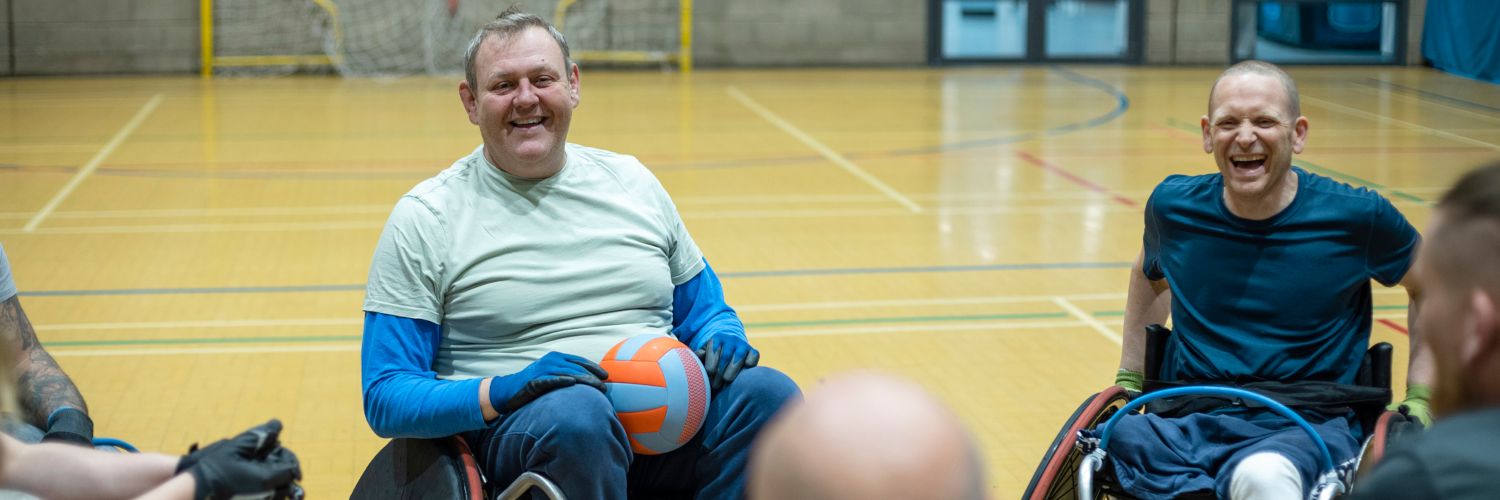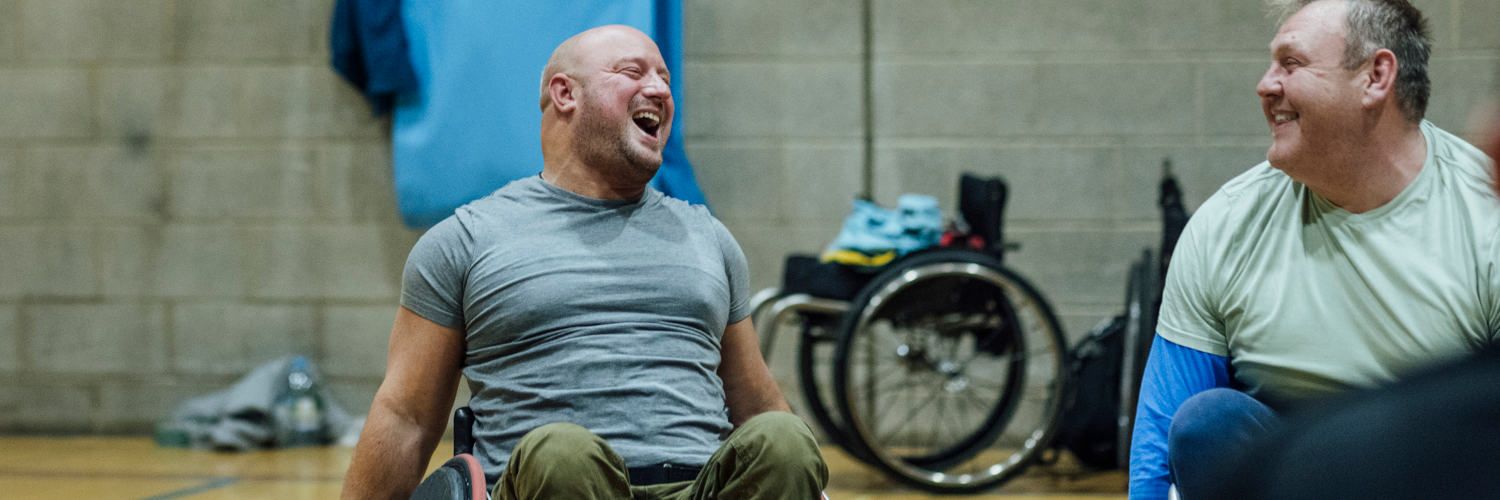Leading the lives we want to live
How can the social model of disability be used to underpin person-centred and strengths-based approaches?
Introduction
In this chapter, we explore how the social model of disability can be used to underpin person-centred and strengths-based approaches to working with people to support them to overcome disabling barriers in society that prevent them from leading the lives they want to live.
How can we understand and promote the social model of disability?
What are the barriers in the health and social care systems that get in the way of people leading the lives they want to live? How can we avoid making assumptions and stereotyping people?
This is a model developed by disabled people themselves, and states that people do not ‘have disabilities’. They have impairments, and are disabled by barriers in society. Barriers can include the physical environment, people’s attitudes, communication, how organisations and systems are run, and discrimination.
Unfortunately, there are current barriers within the health and social care systems. These barriers disempower people and get in the way of people ‘leading the lives we want to live’.
Avoiding stereotyping is about investing time, interest and reflection when getting to know people, otherwise stereotypes and assumptions can easily perpetuate or develop.

How can we ensure that we are acknowledging and valuing the positives when working with people?
How can we support people to communicate in ways that enable them to navigate the health and social care systems with confidence? What does empathy and kindness look like in the context of social care practice?
Please seek out and share the positives! When accessible, inclusive, thoughtful practice is widely acknowledged and applied, this will encourage more of it to happen.
This is a big topic, and ranges from people who do not communicate verbally and assumptions being made about how they wish to live their lives, to confidence in navigating the health and social care systems.
Valuing kindness and empathy alongside other worker qualities should be embedded in an organisation. People are asked to share their stories, but these stories can often involve frustration, anger, irritation and tears. Feeling safe to express these, and gaining understanding rather than feeling judged, involves trusting relationships.

What is the impact on people of having to ‘paint the worst picture’ in order to access the help and support they need?
What are the organisational challenges and barriers that prevent effective co-production? How does the language we choose impact on the people we are working with? How can we ensure that we are using our knowledge and understanding of human rights to help address power imbalances?
While strengths-based working is talked about in social care, the Leading The Lives We Want To Live group reflected on how often, in order to obtain the services they were entitled to, they had to concentrate solely on the negatives.
There was some frustration in the Leading The Lives We Want To Live group that co-production still had to be a major theme. Why are services not embedding co-production?
Sometimes, language can betray the low expectations for living fulfilled lives. There can be talk of ‘surviving’ and ‘coping’, which immediately sets a low bar. Conversely, when language is strengths and rights-based, this creates higher expectations for what can be achieved.
However, we need to be careful how language can be ‘hijacked’.
This could be overt power that professionals hold – such as financial control, or control over access to a particular service or intervention. But it could also be covert and passive, such as a professional being elusive, or an organisation failing to implement co-production. The asymmetry in the social care relationship needs to be acknowledged, as a first step.


